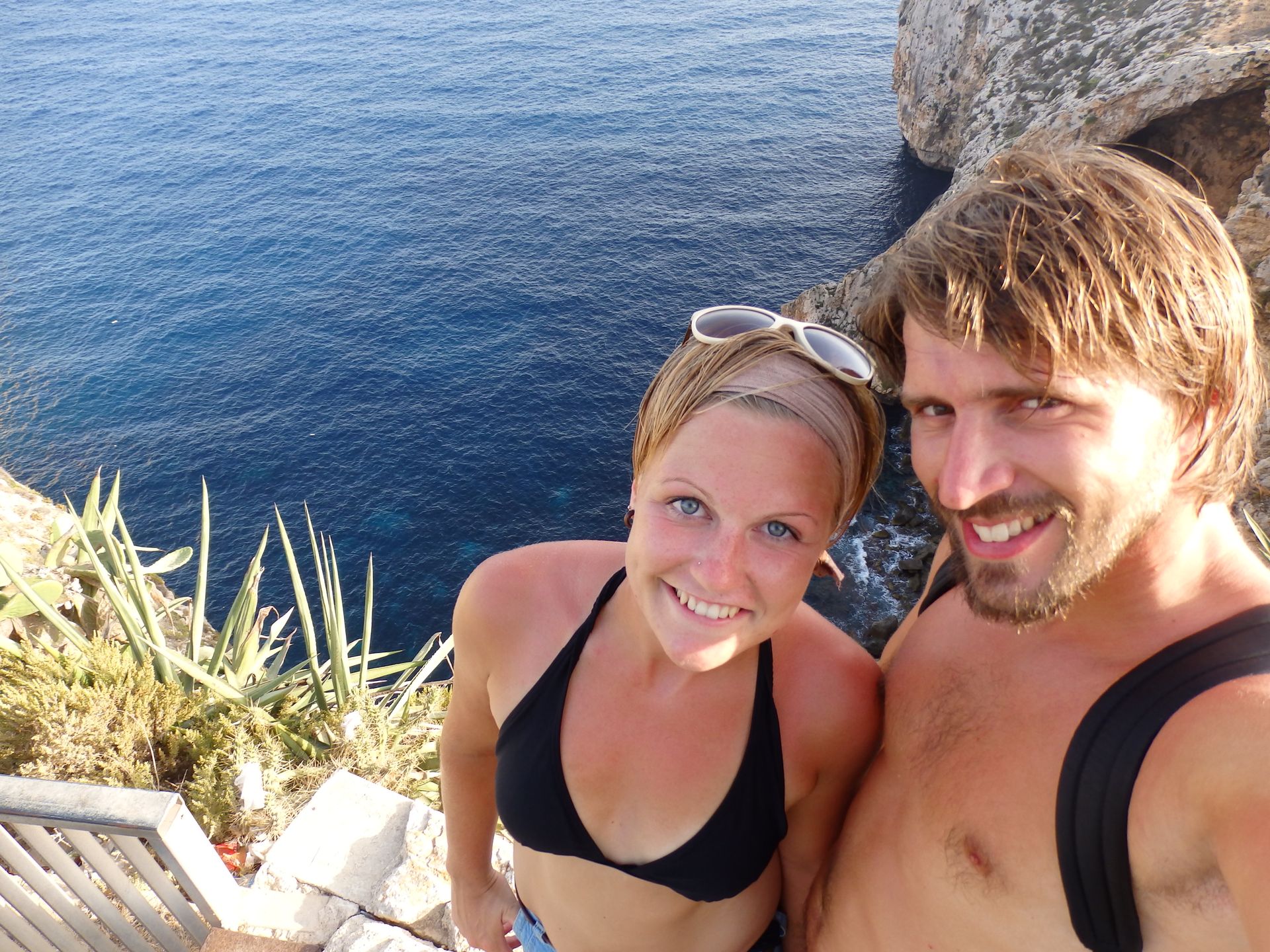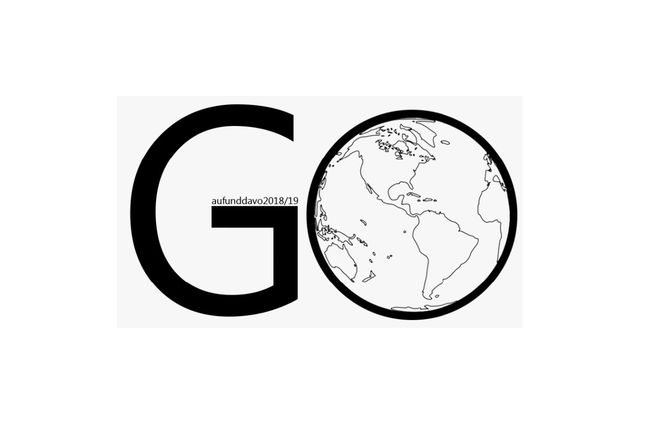Road trip through the North Island of New Zealand
MIVOAKA: 14.05.2019
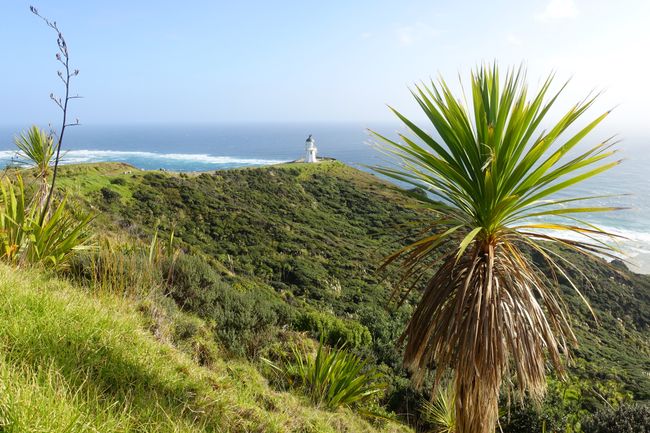
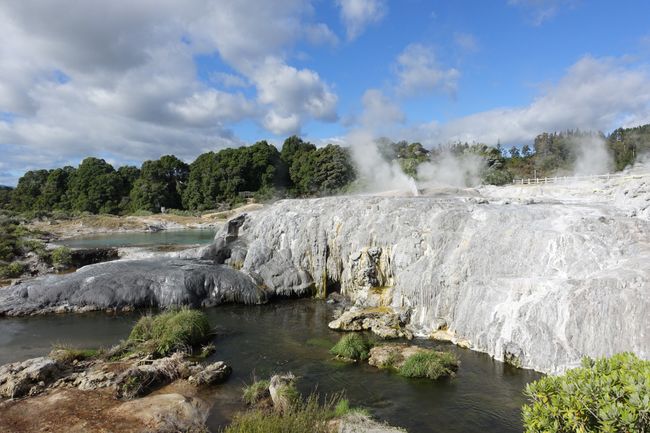
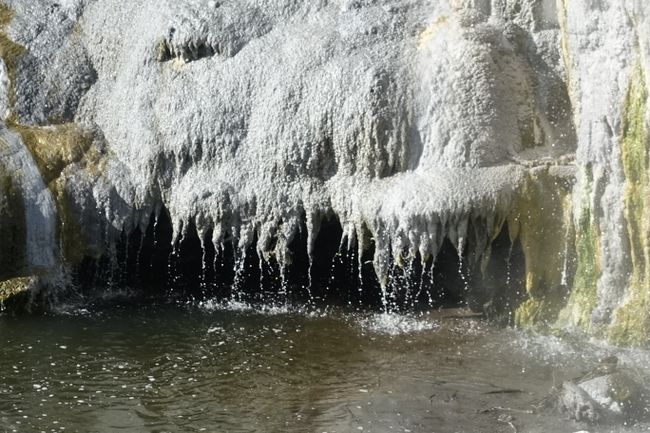
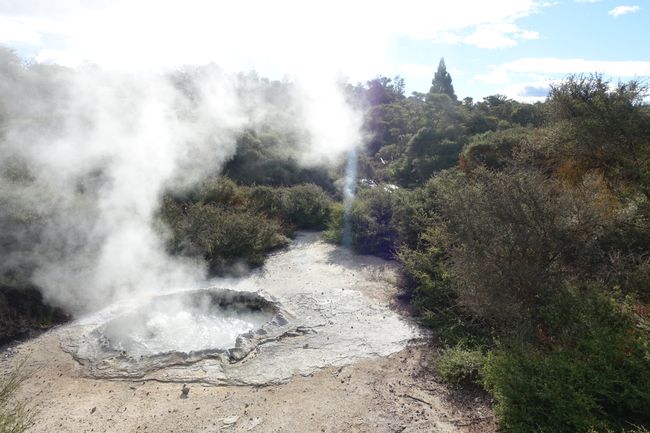
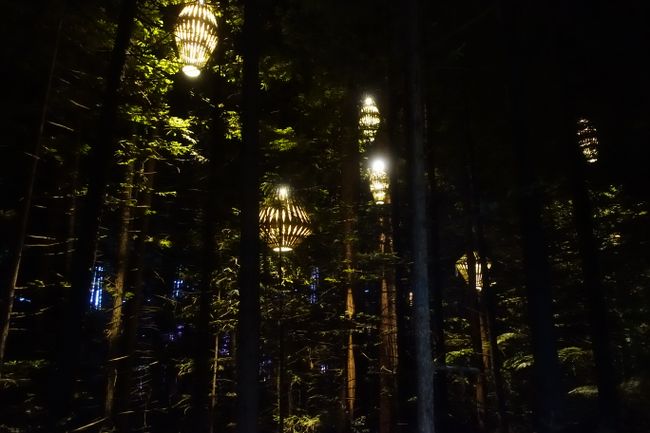
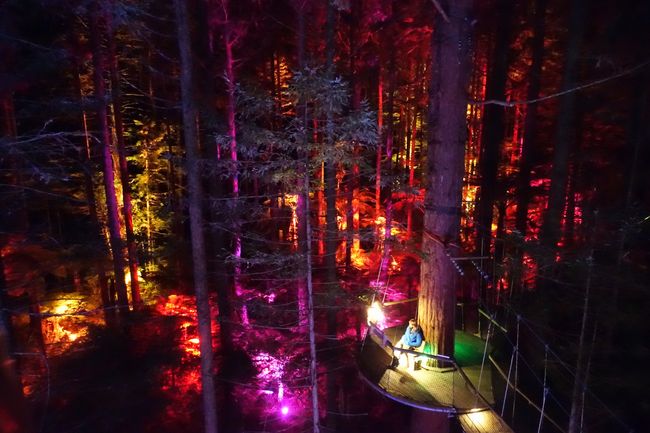
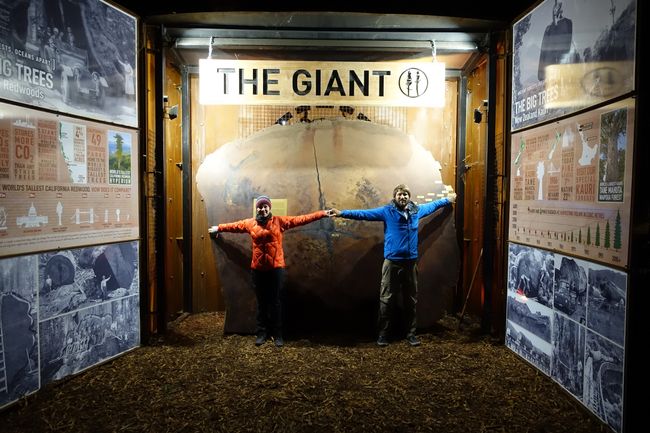
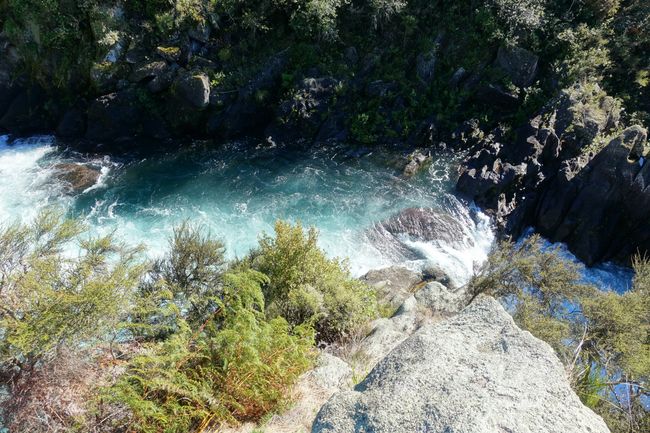
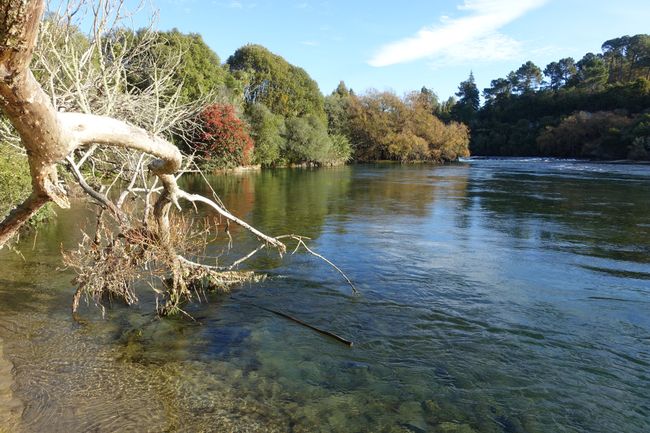
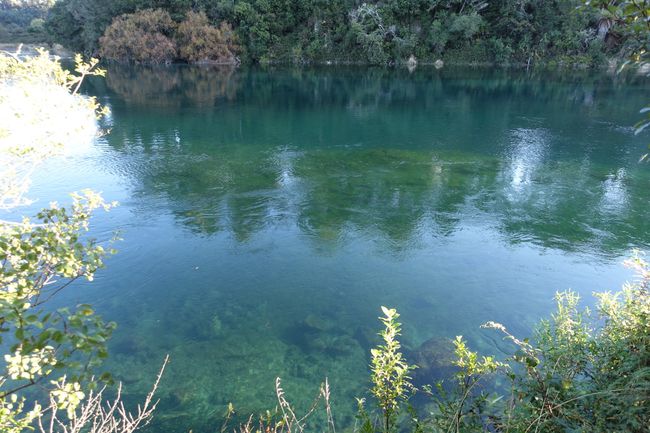
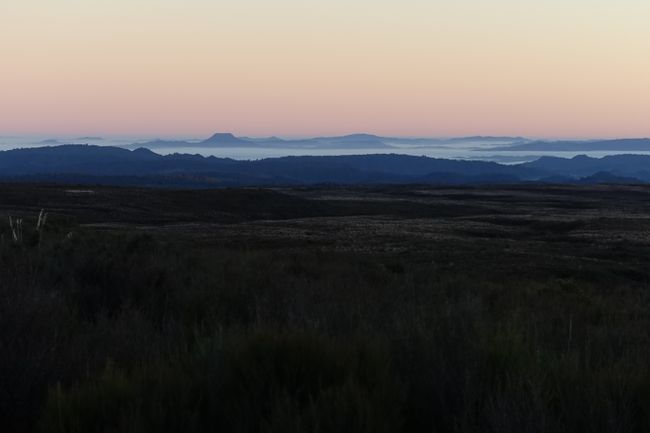
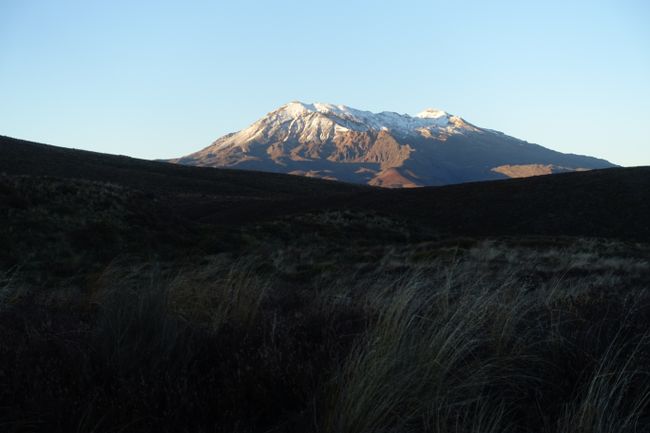
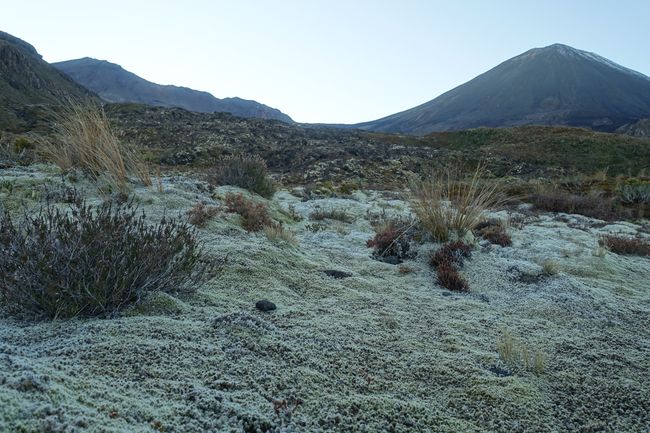
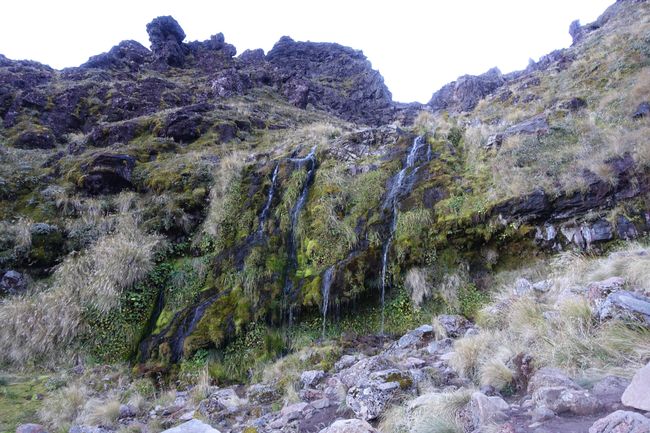
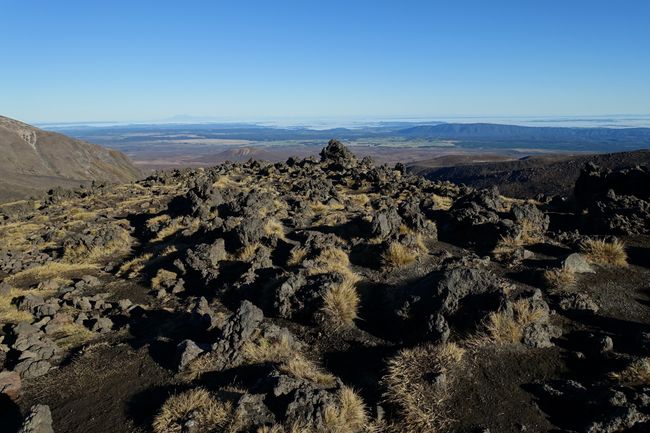
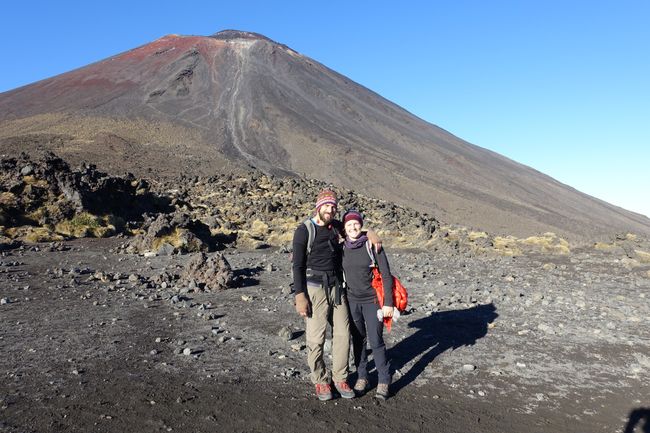

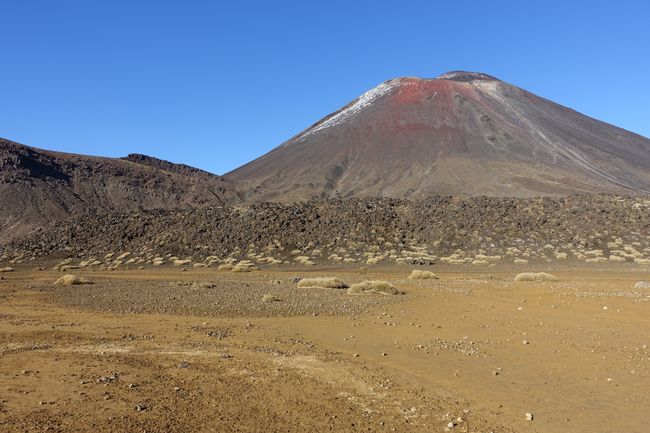
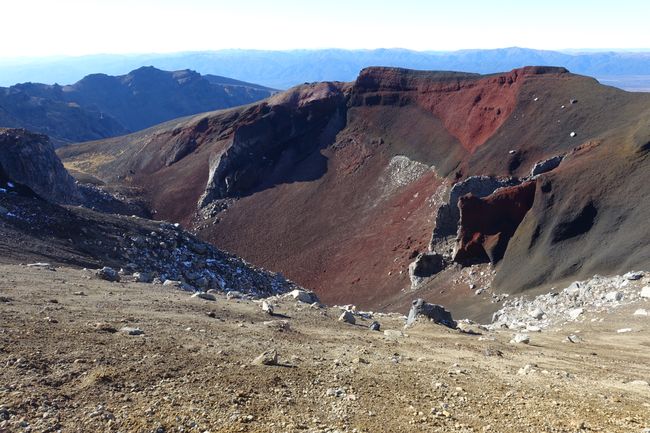
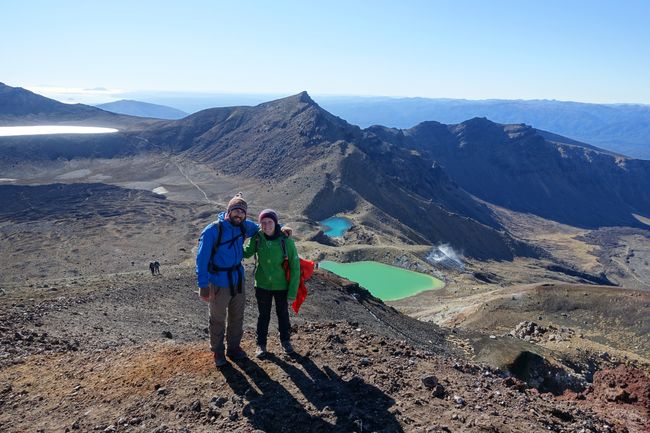
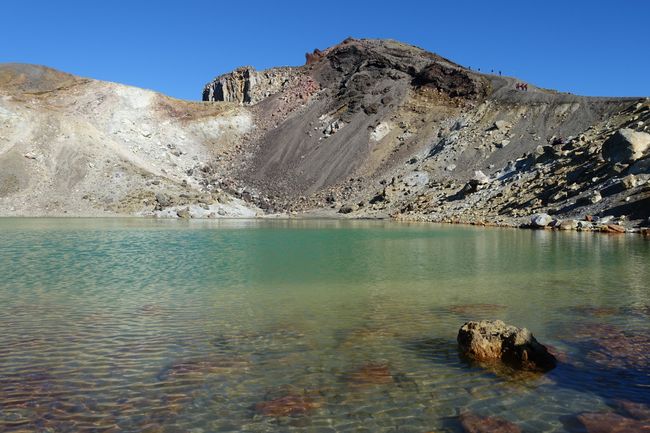
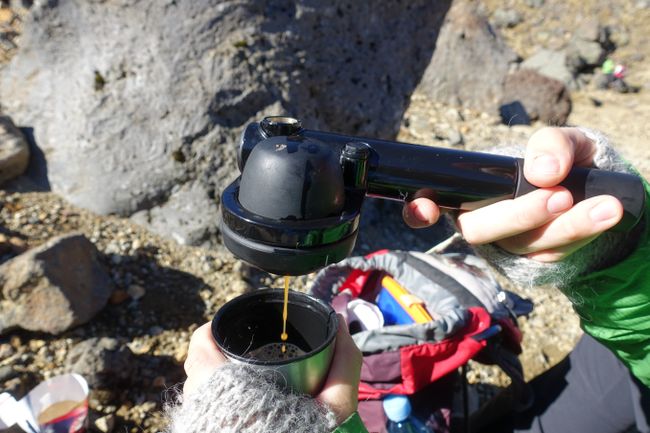
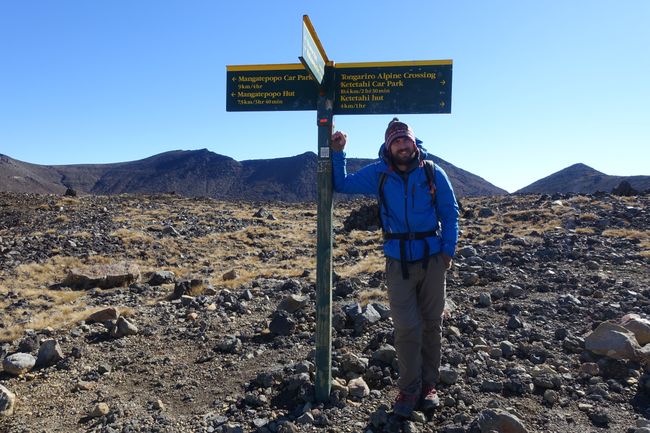
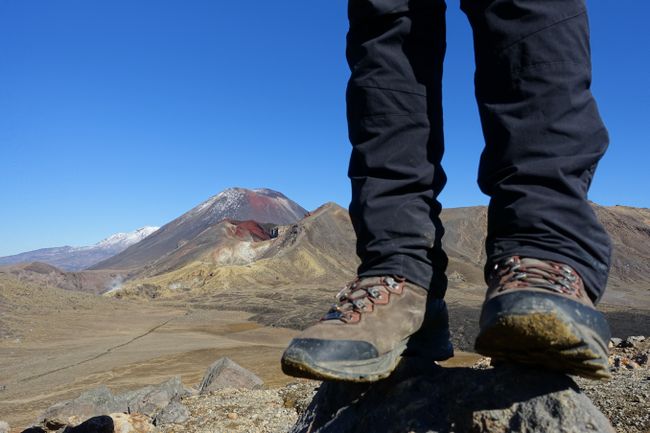
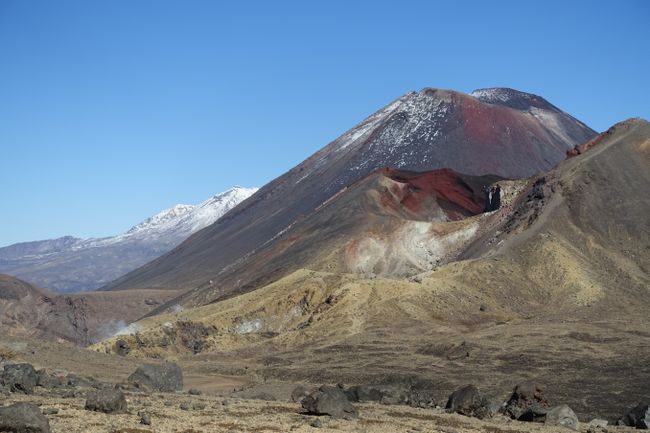
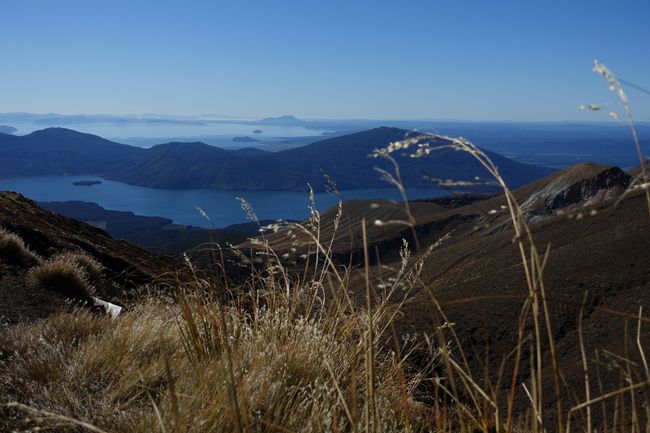
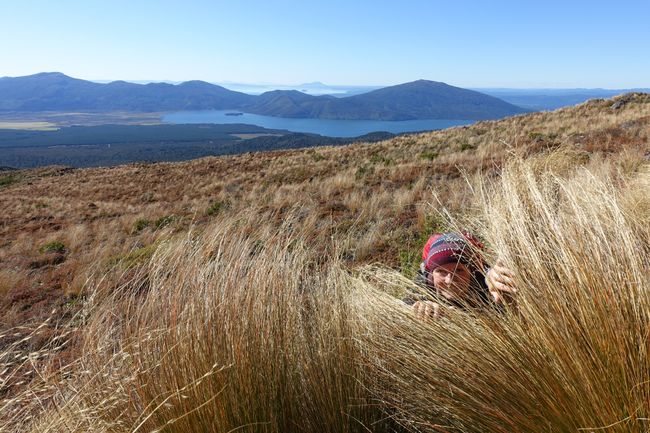
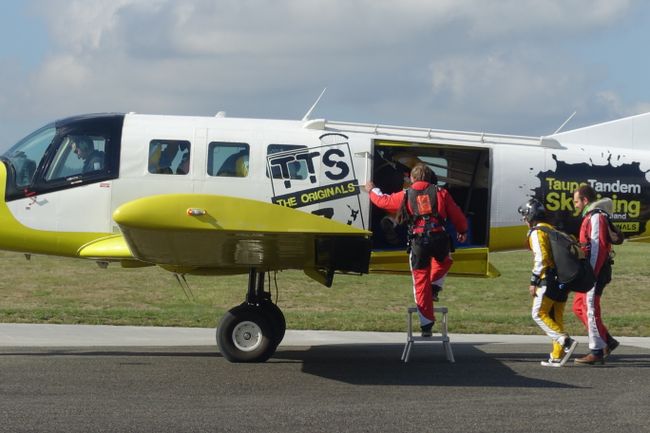
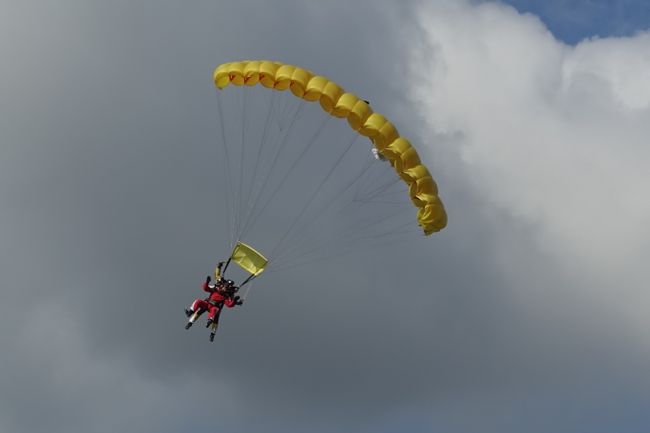
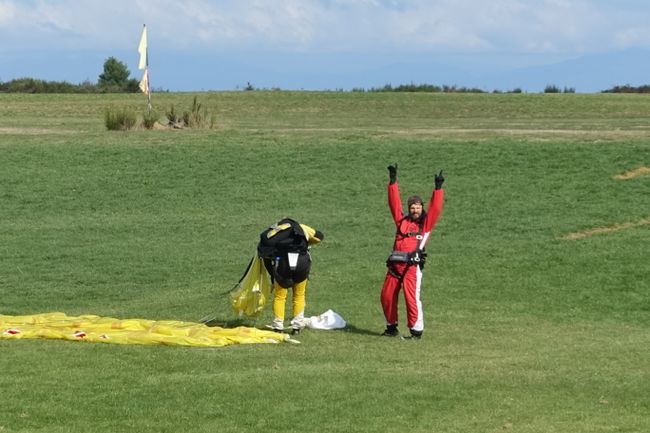
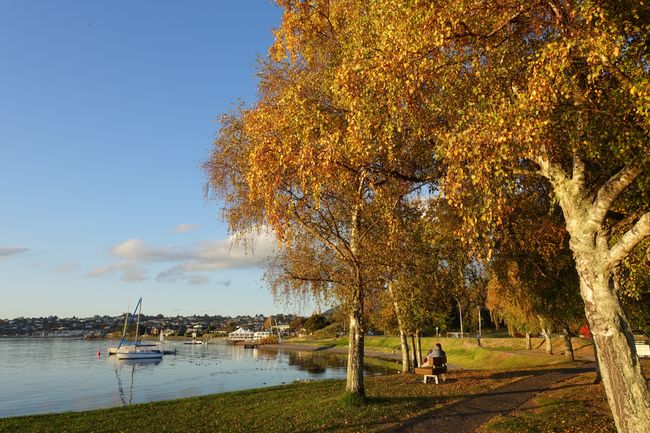

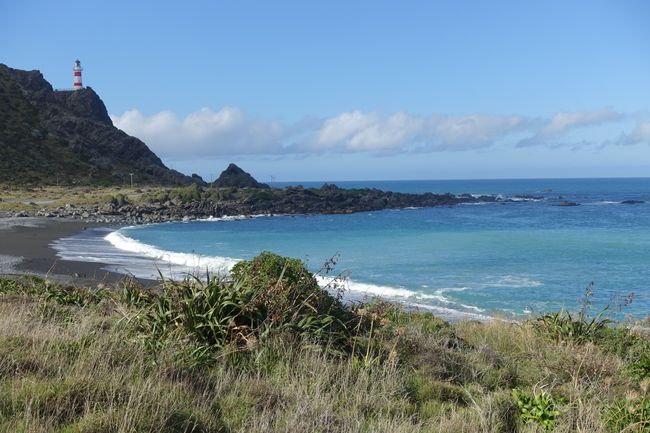
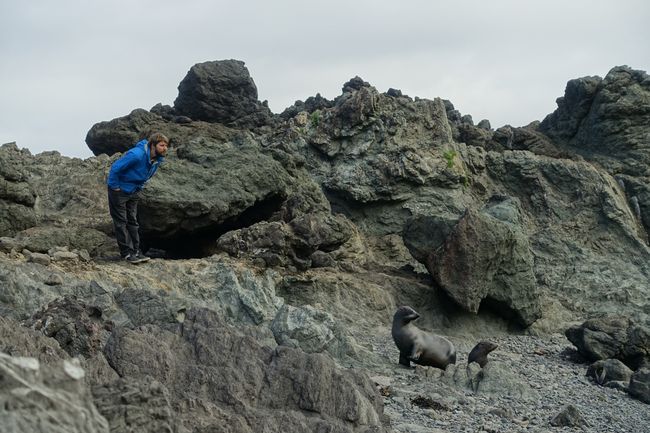
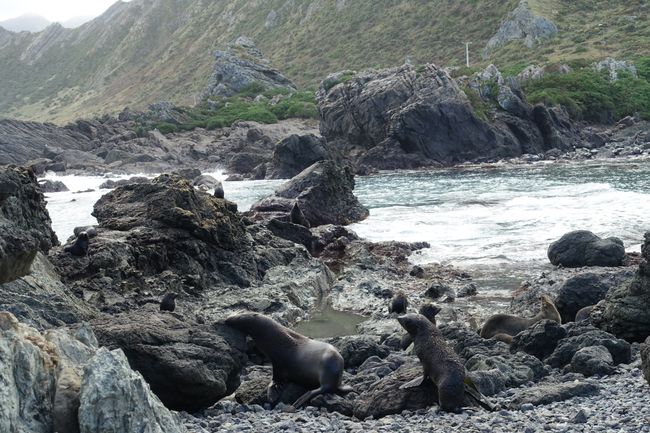
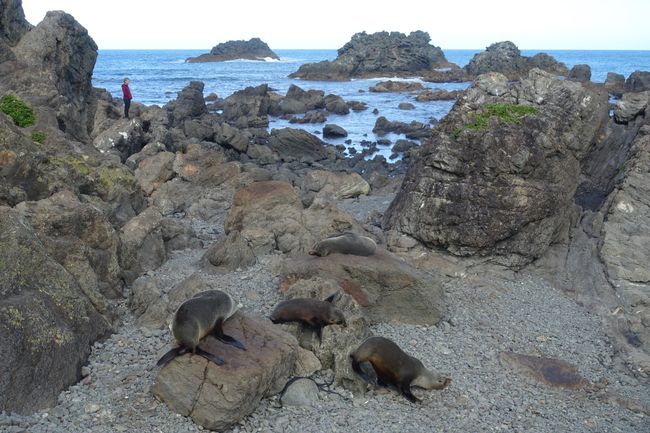
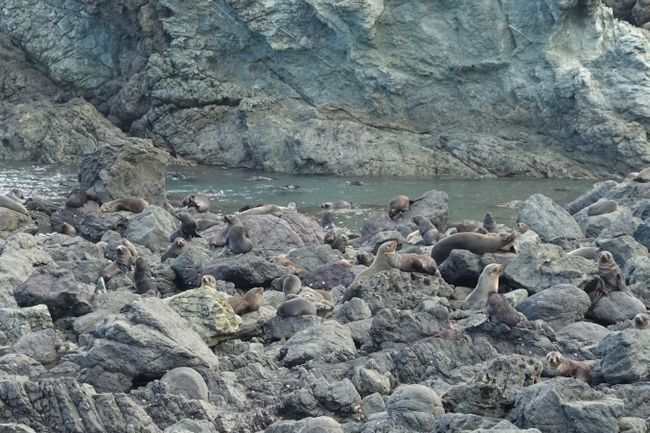
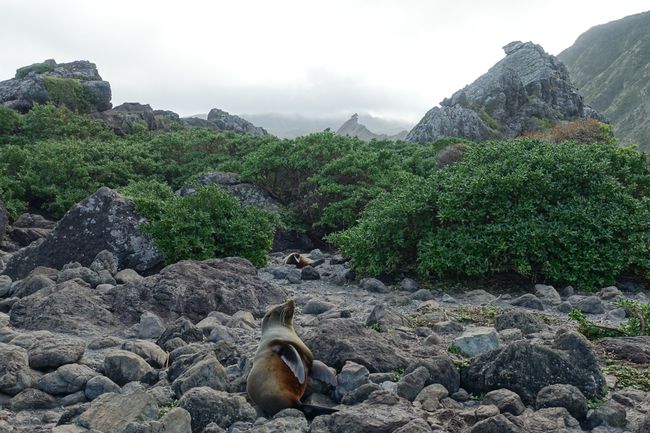
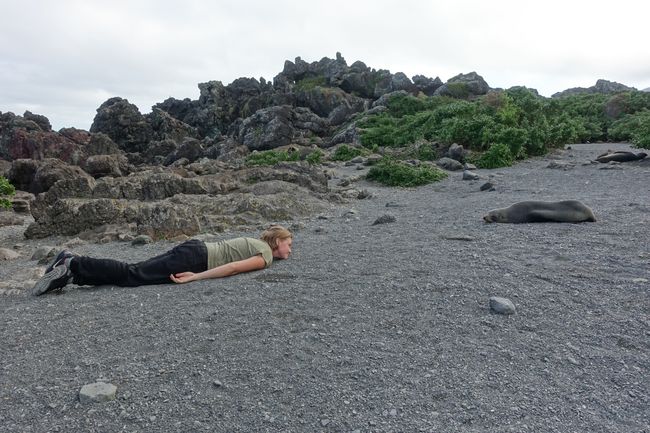
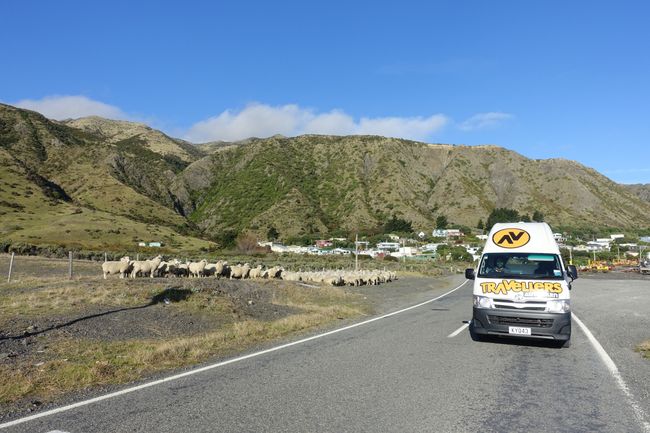
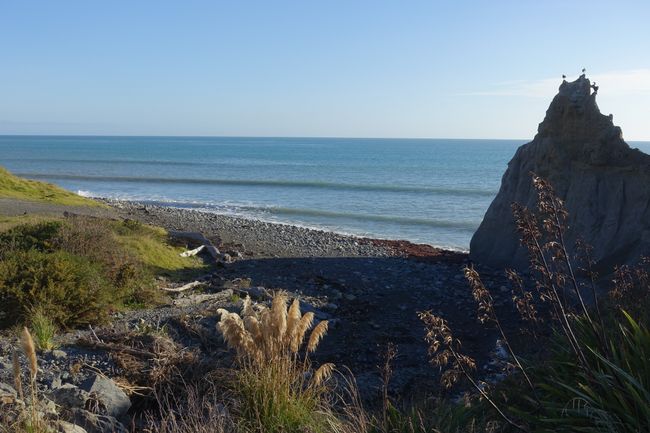
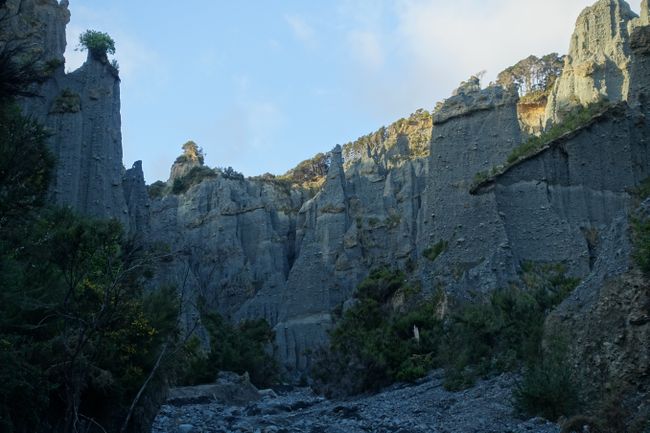
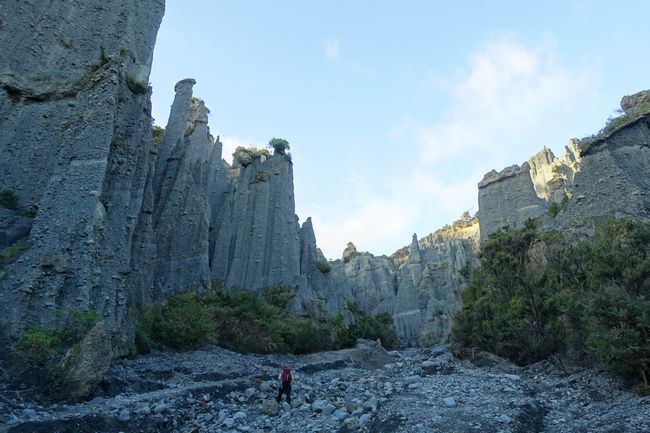
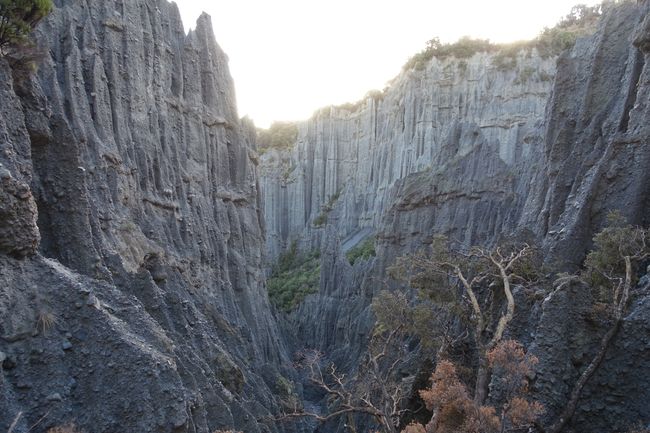
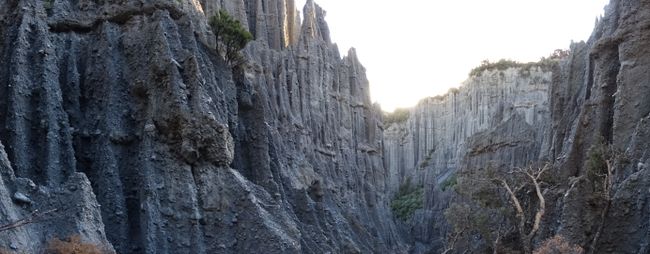
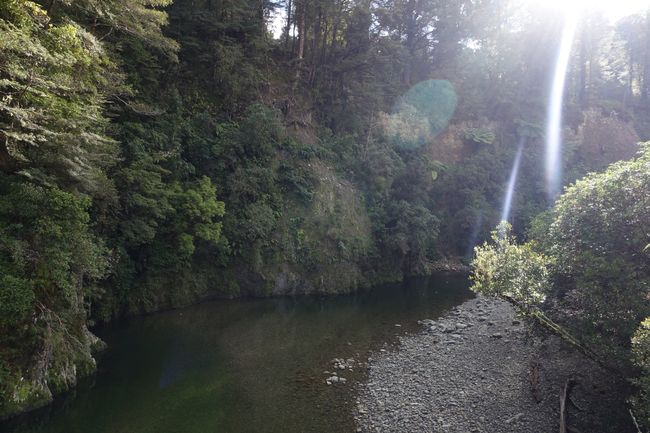
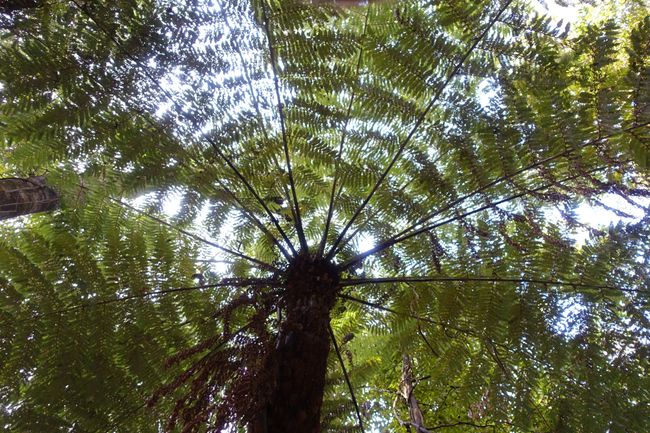
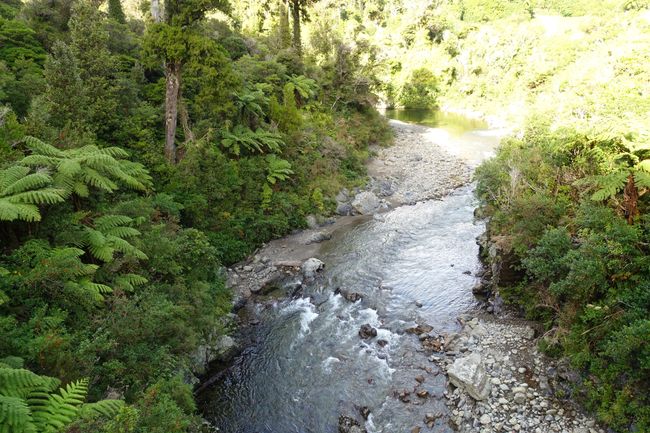
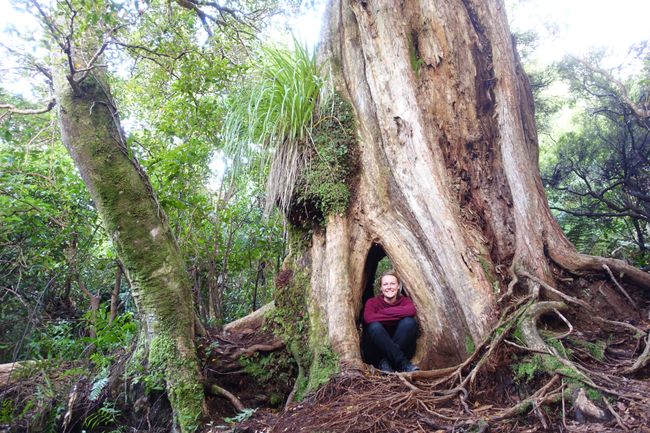
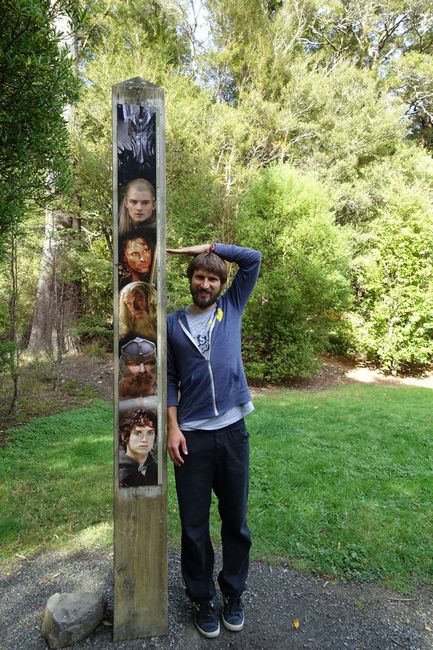
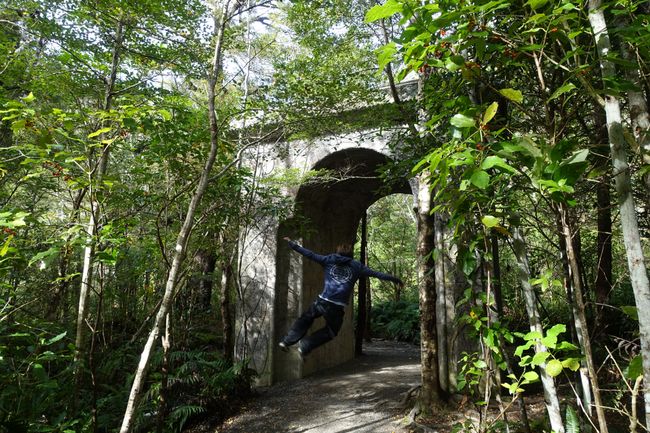
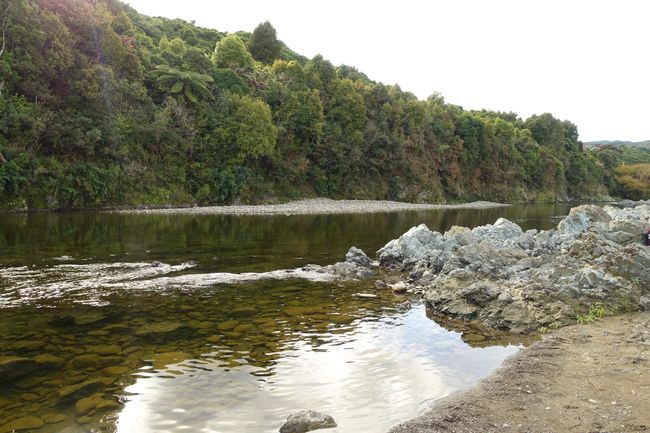
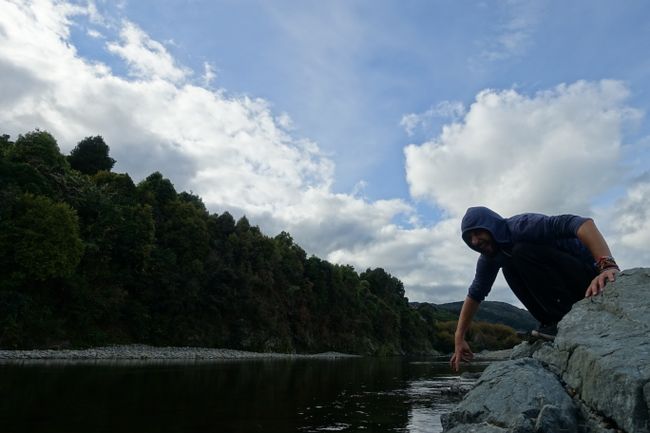
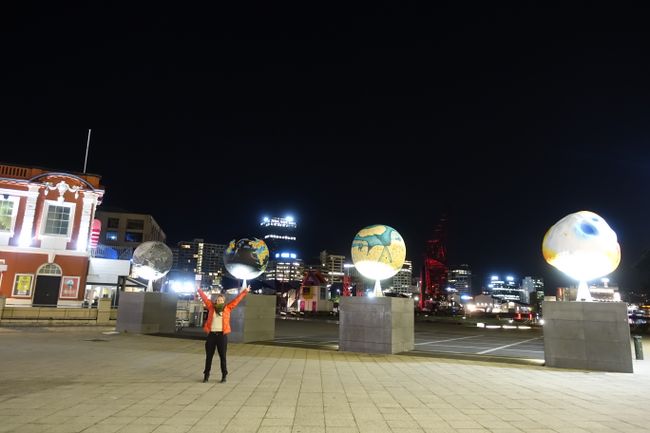
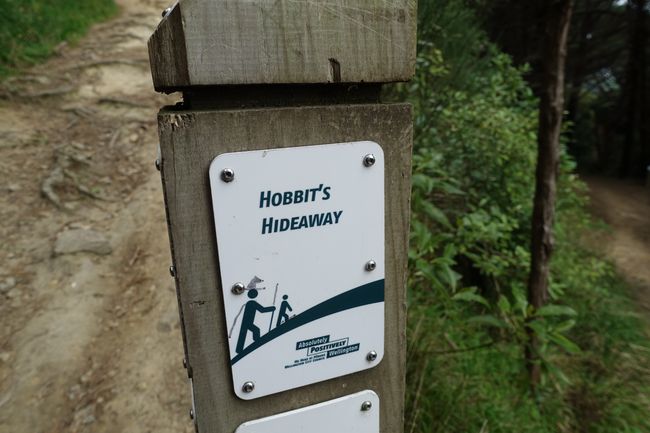
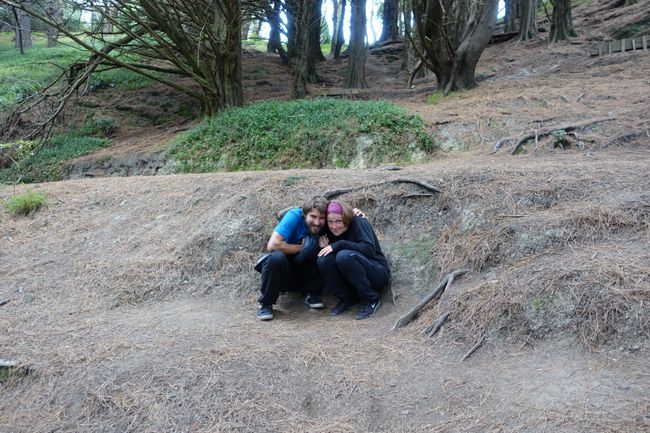
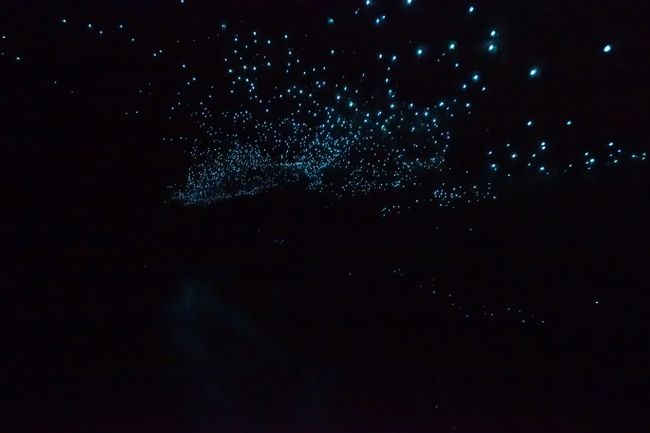
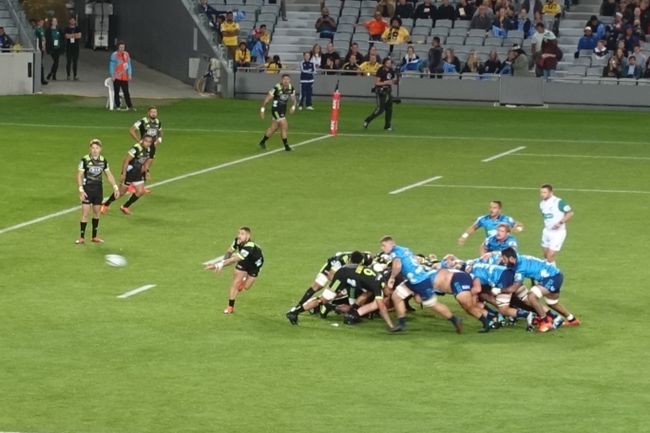
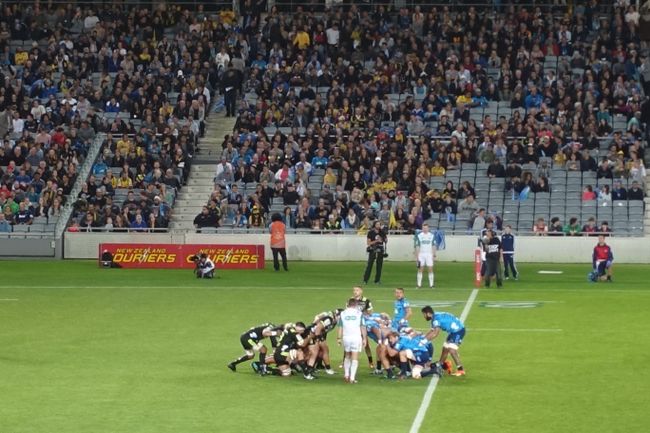
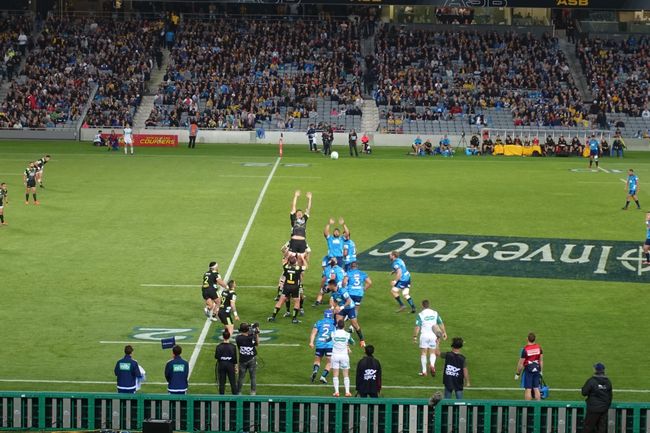
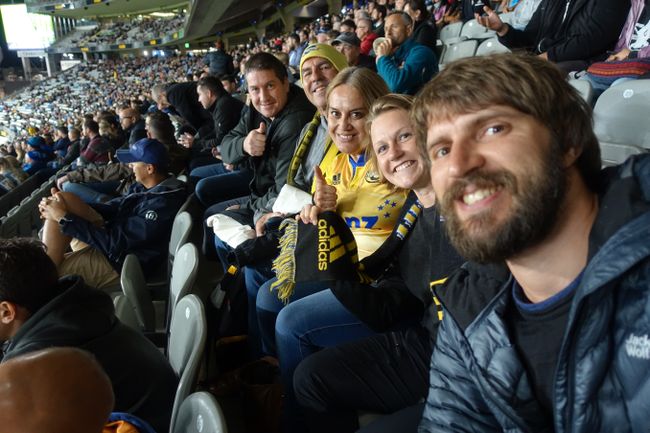
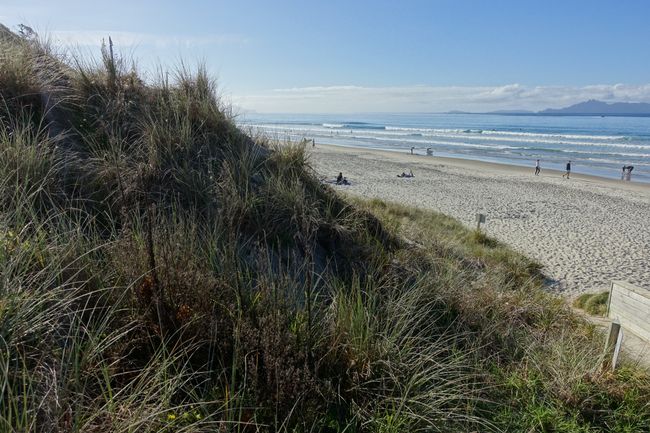
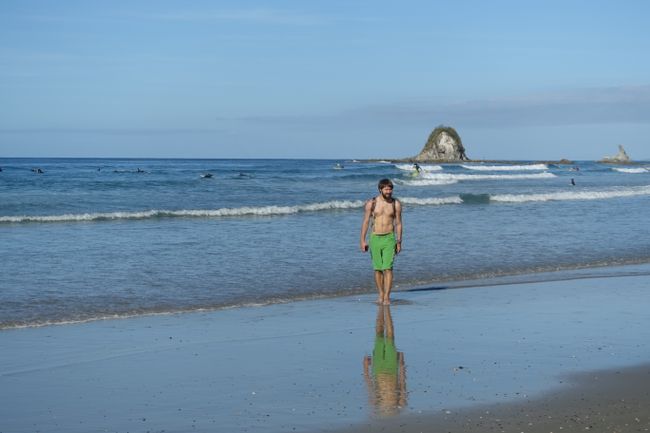
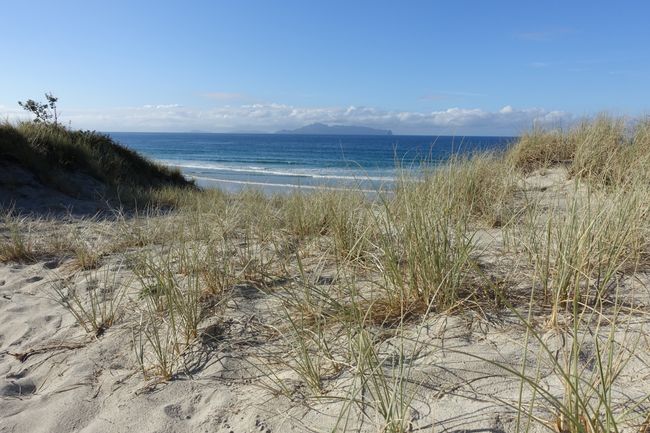
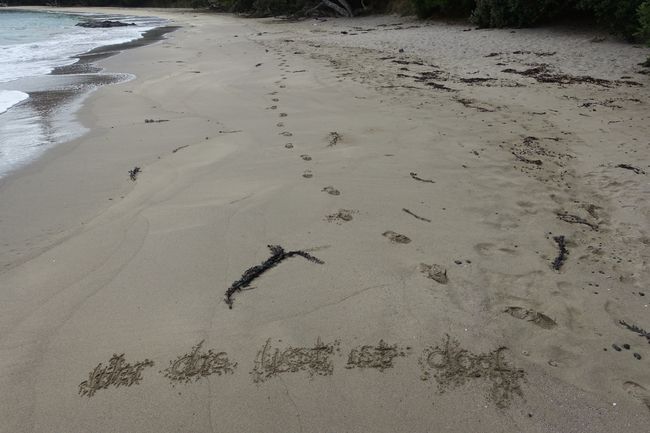
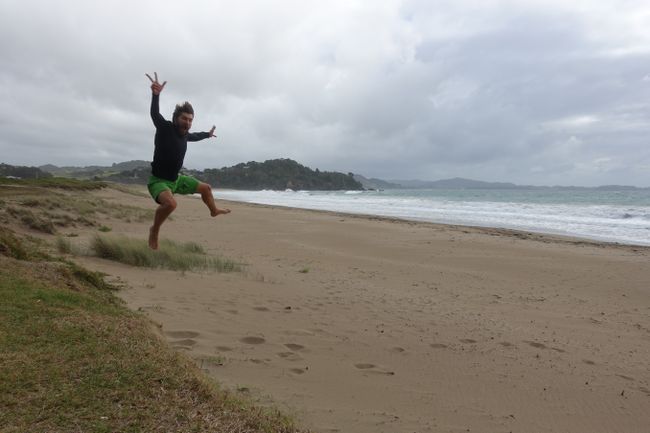
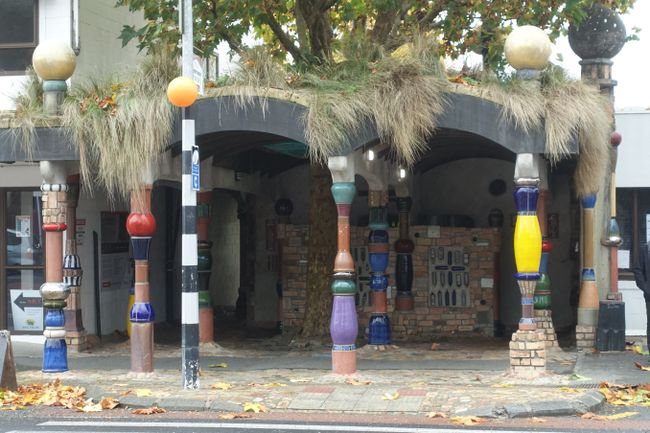
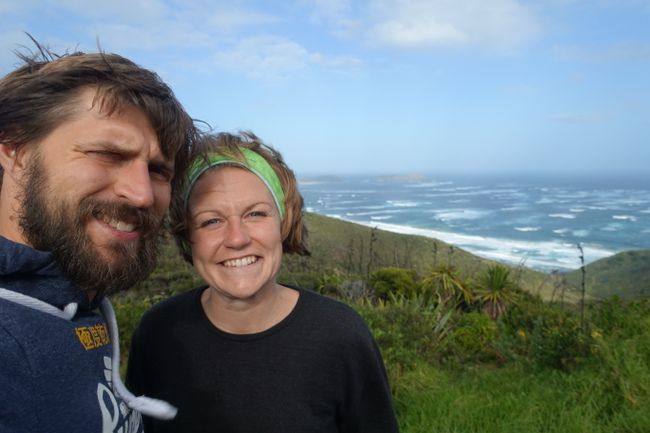
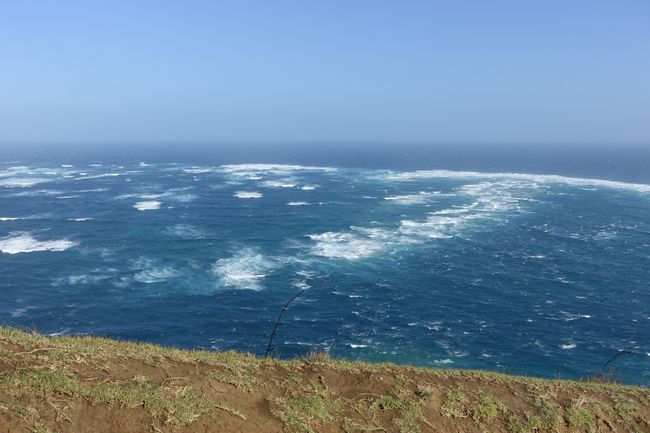
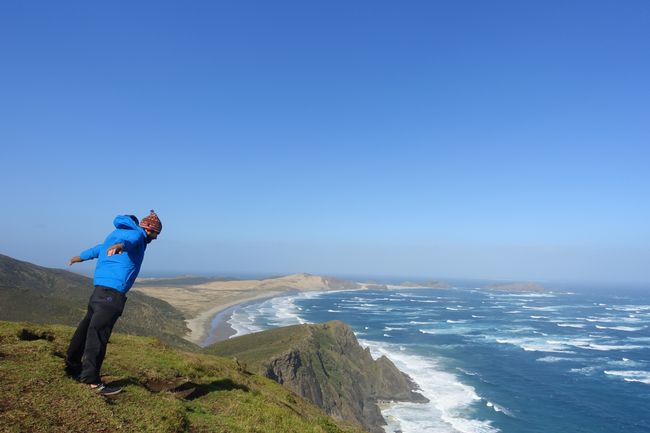

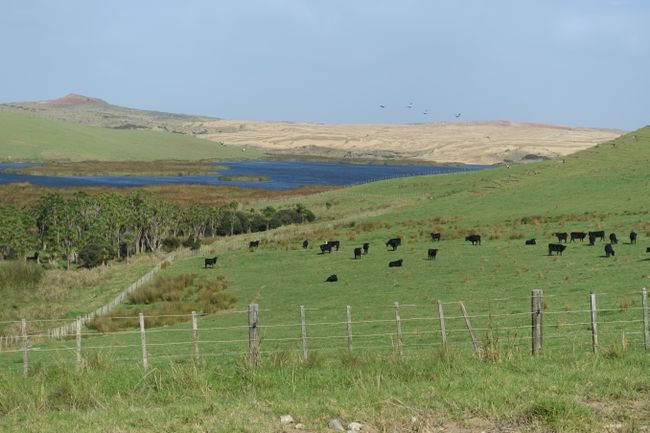
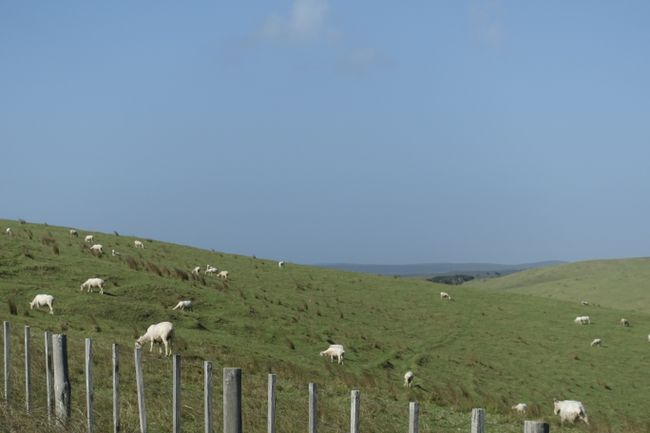
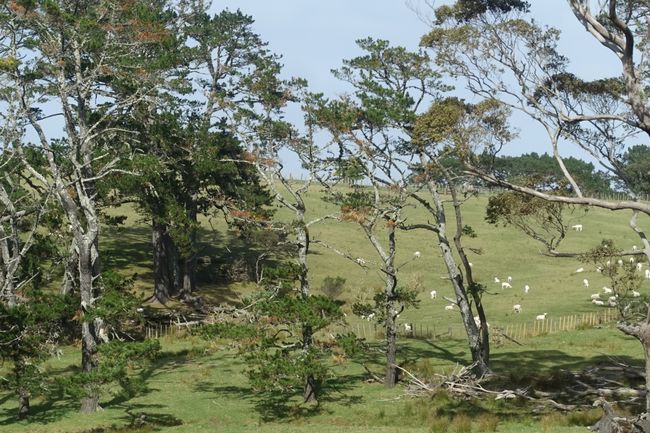
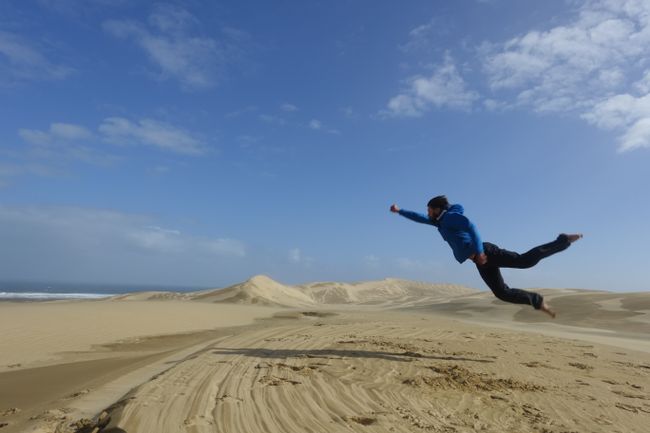
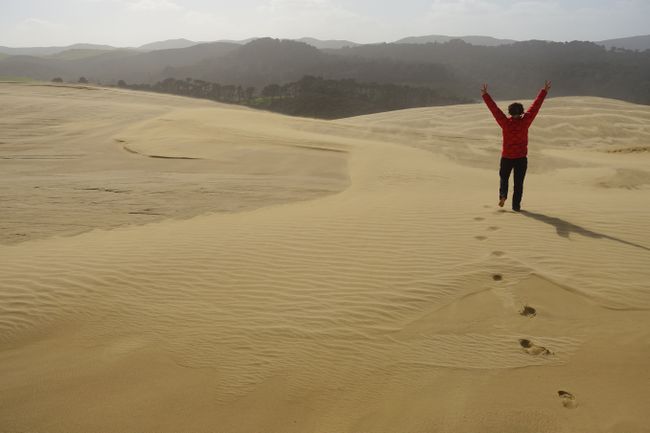
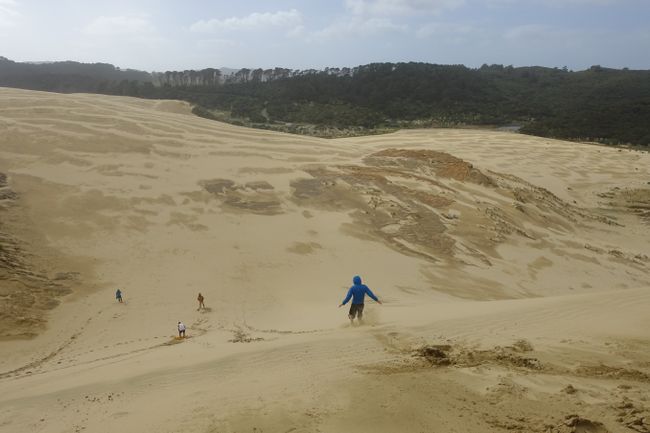
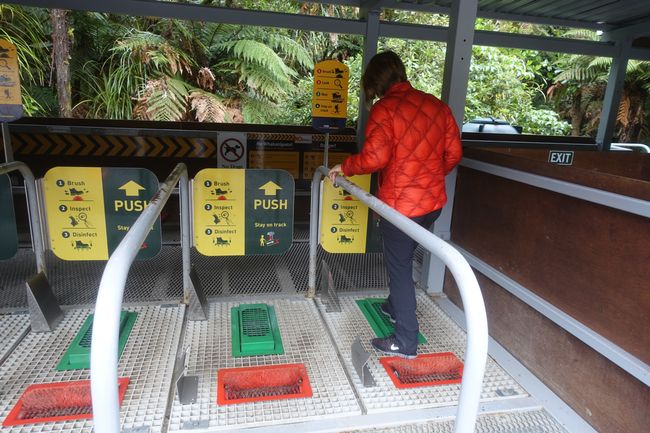
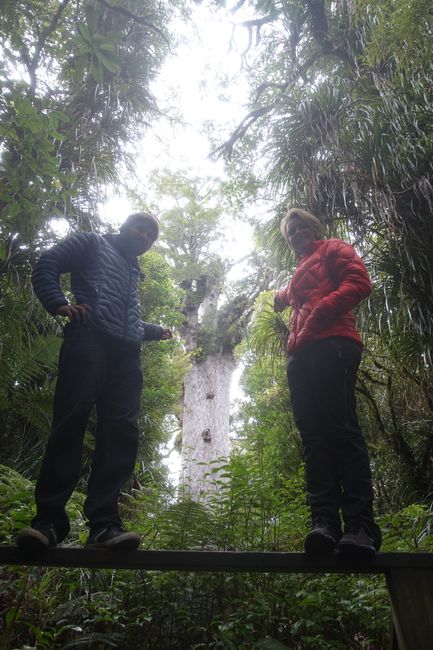
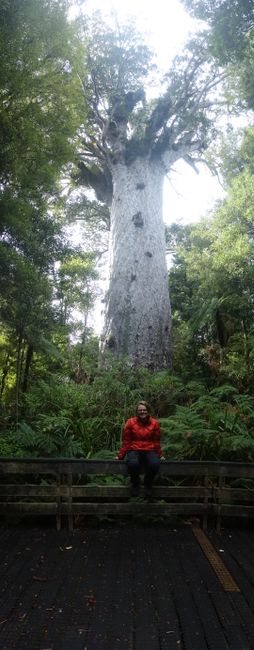
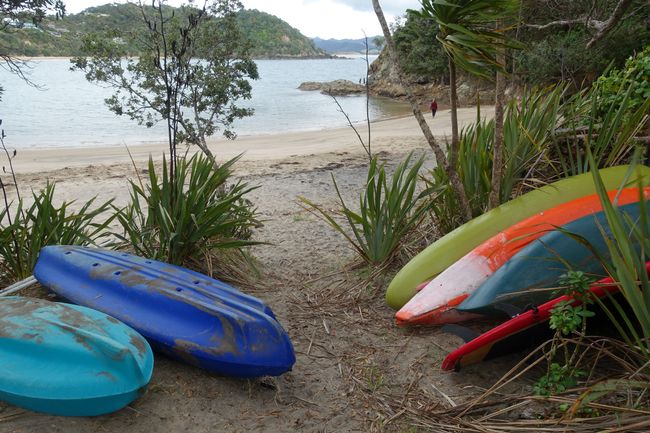
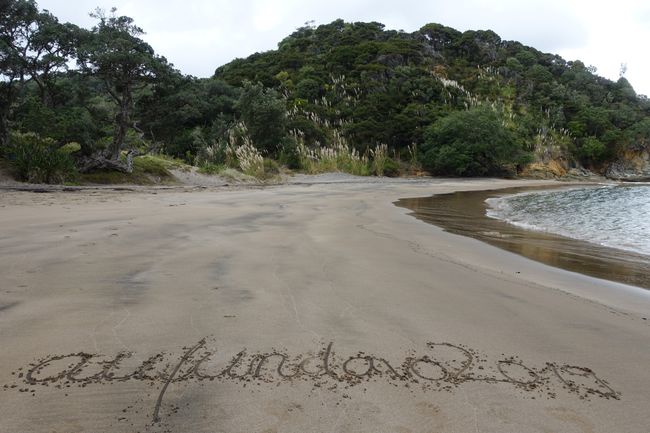
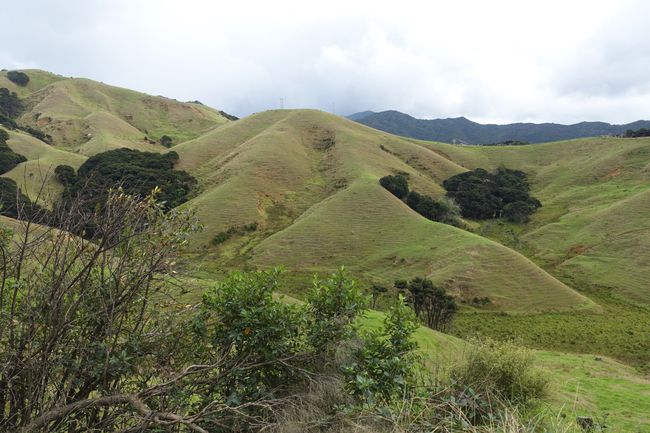
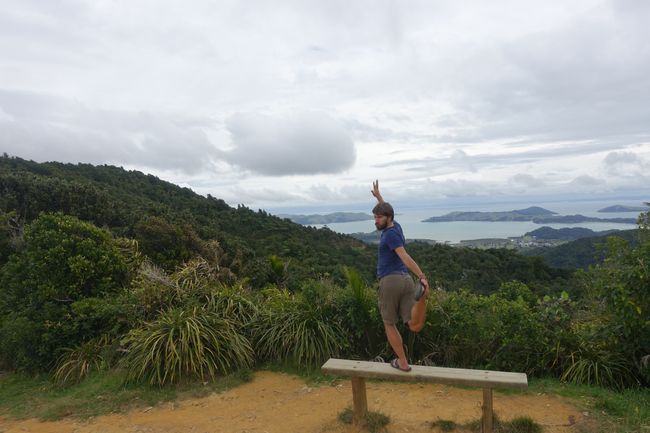
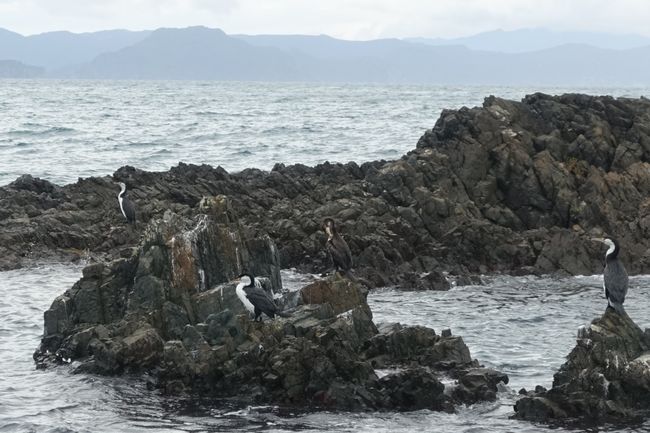
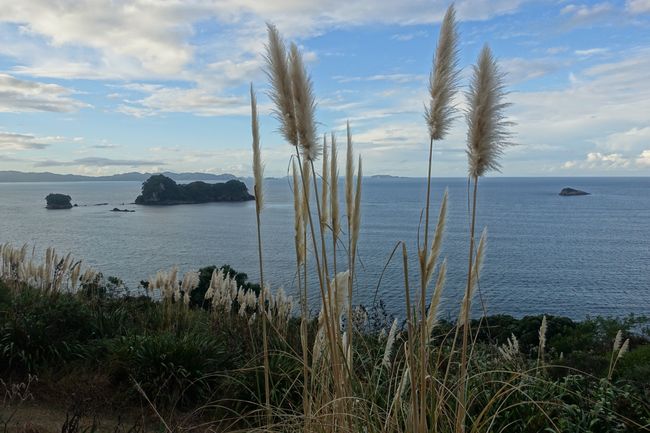
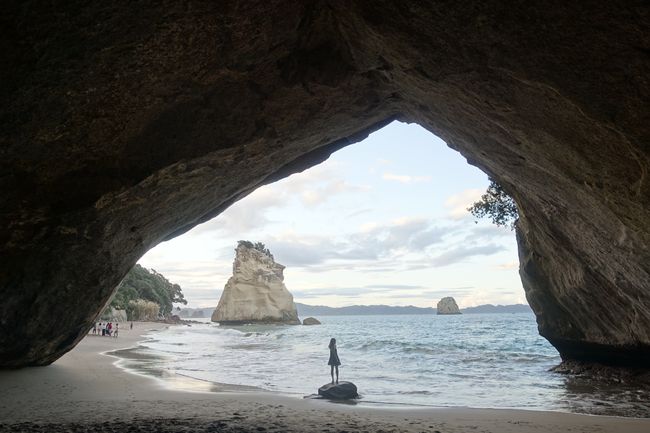
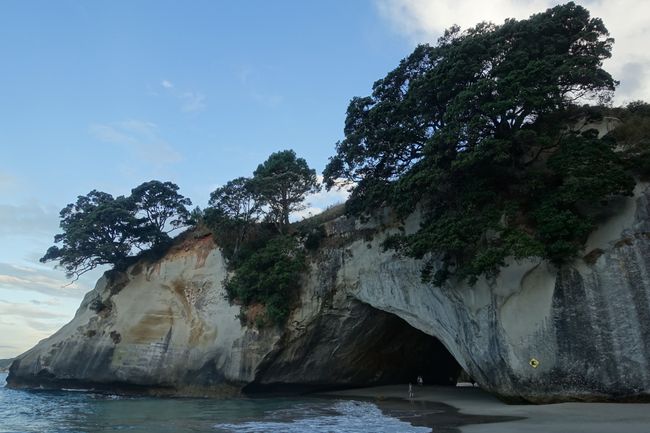
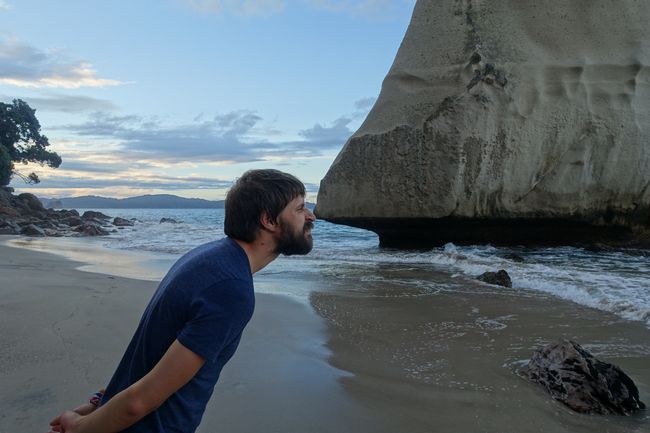
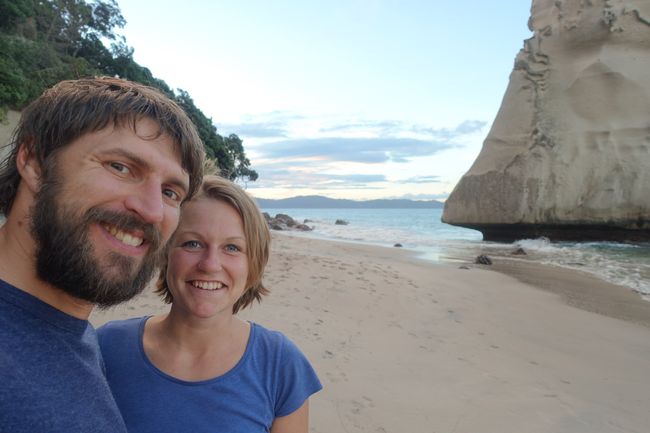
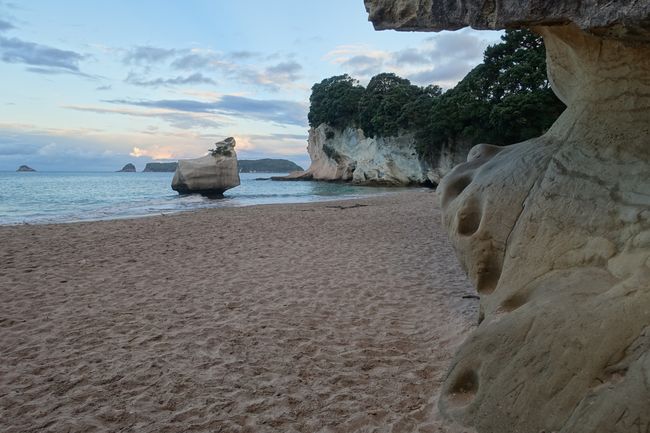
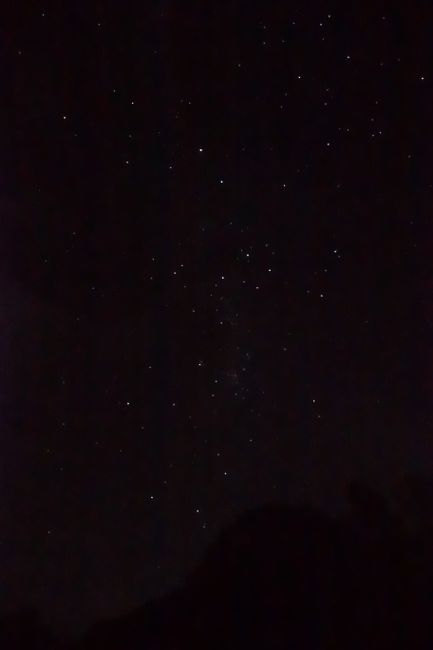
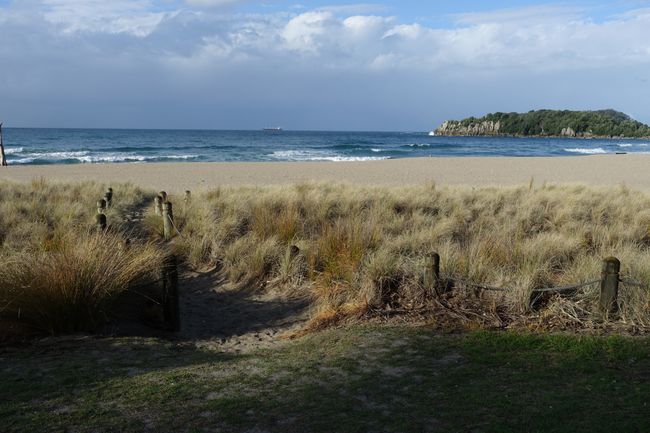
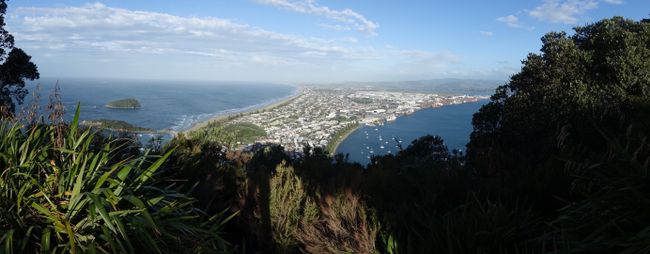
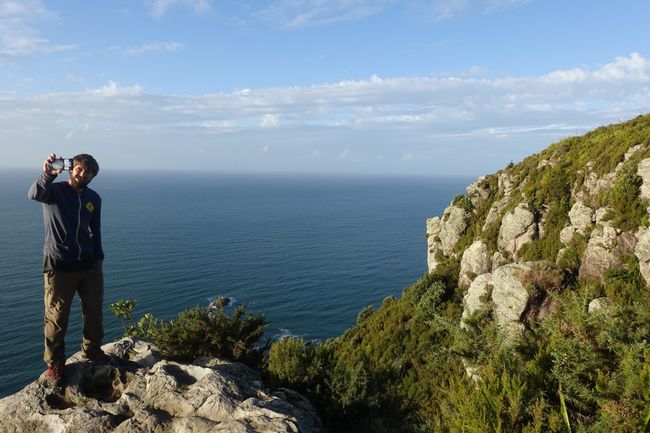
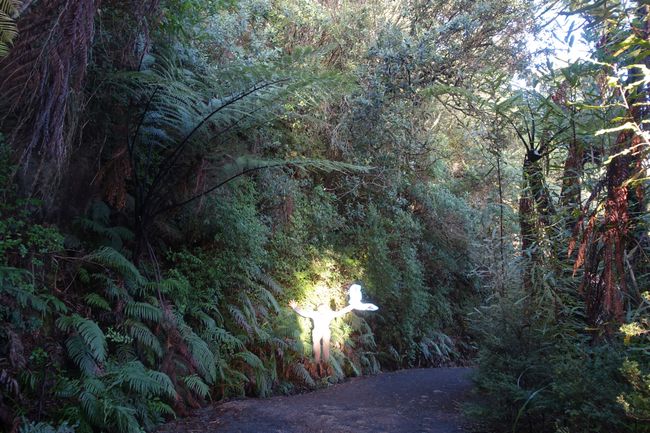
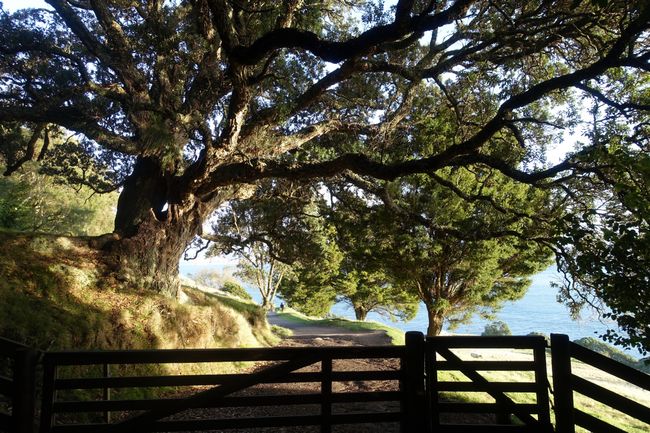
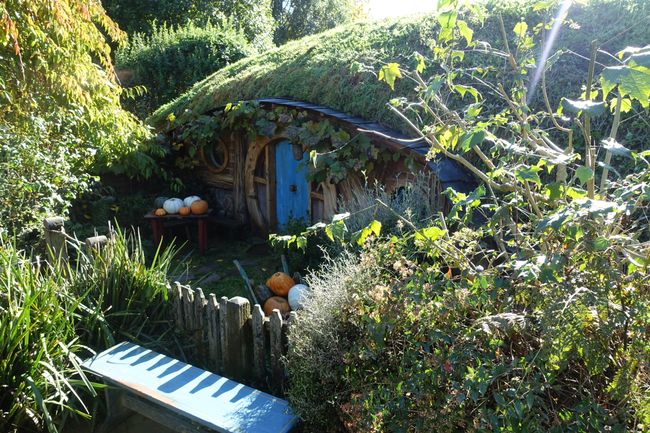
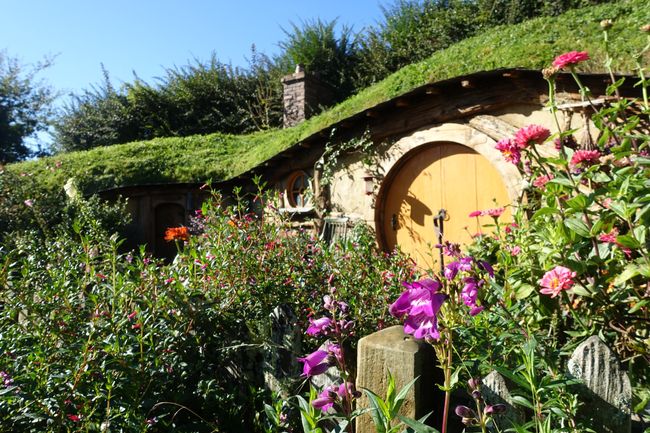
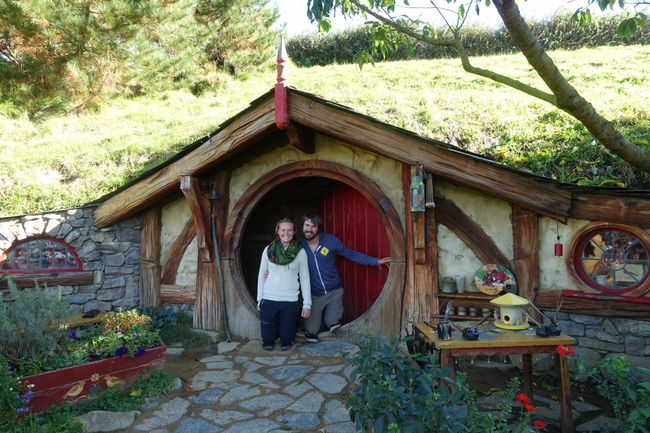
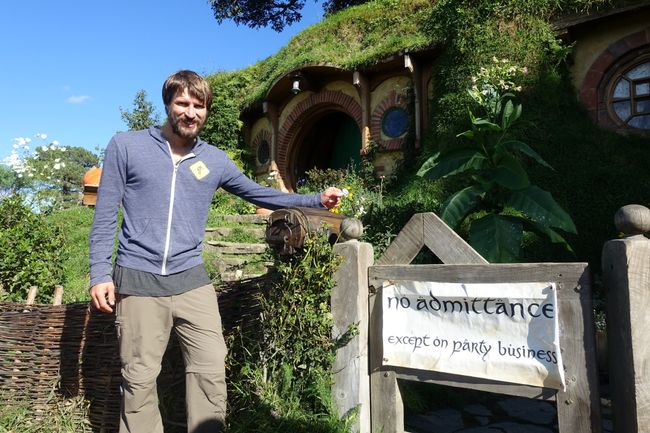
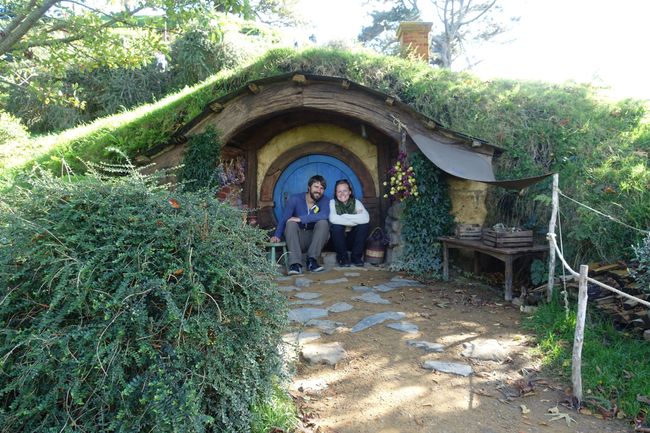
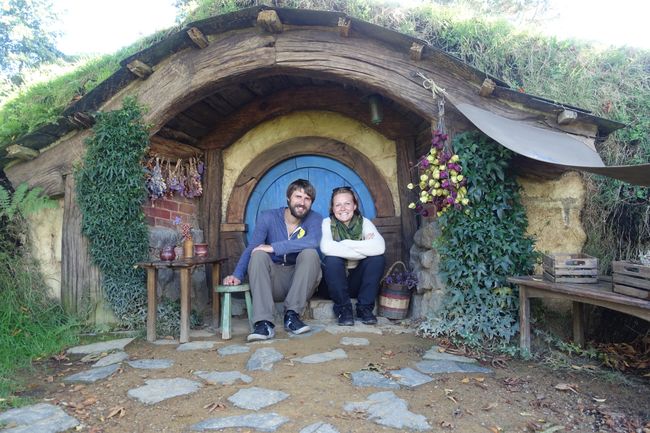
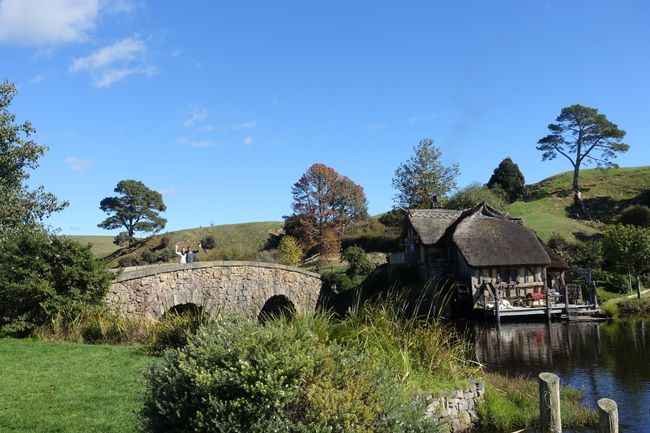
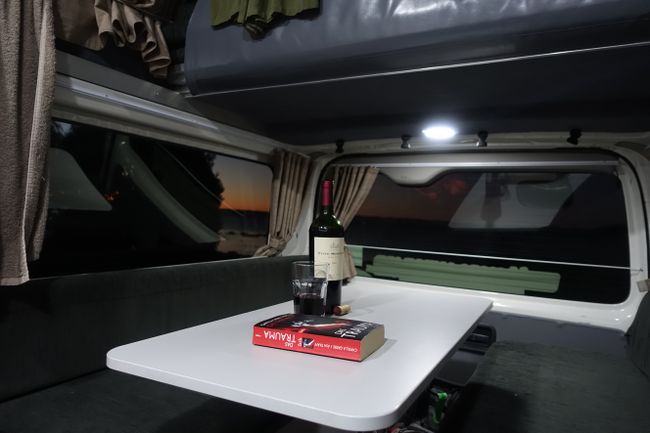
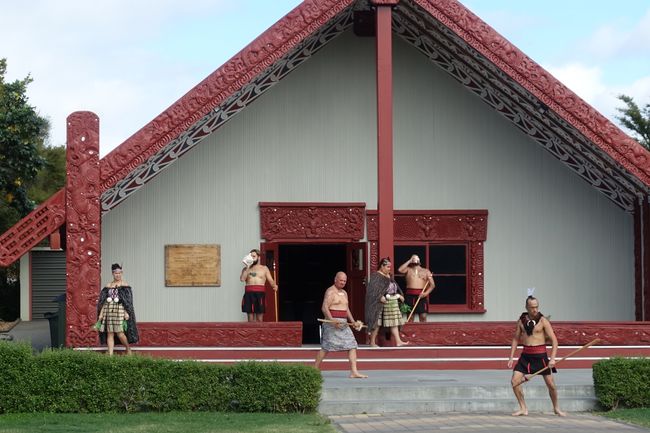
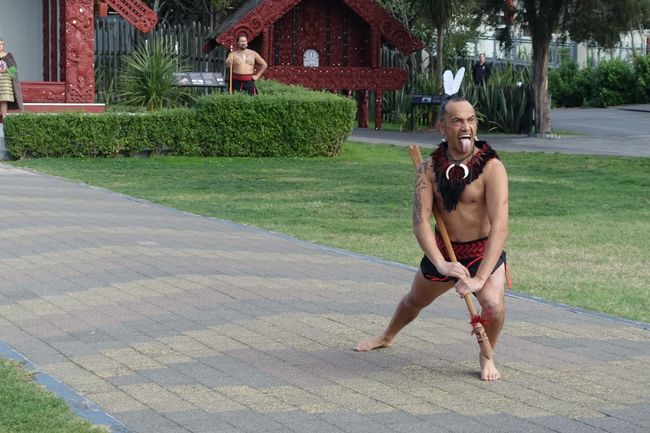
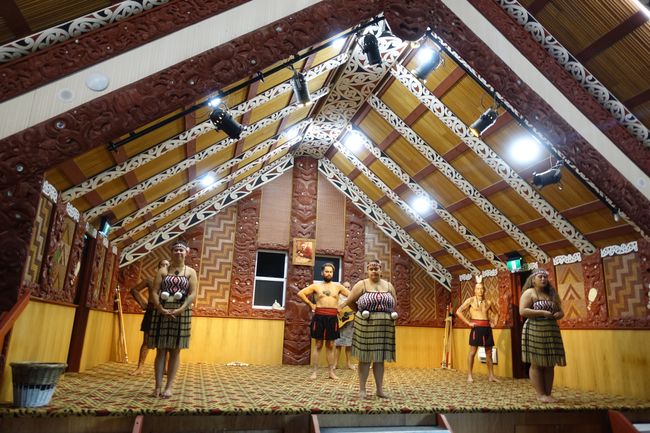
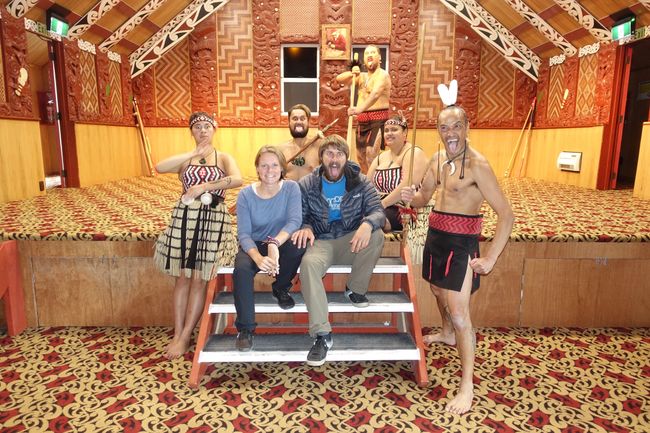
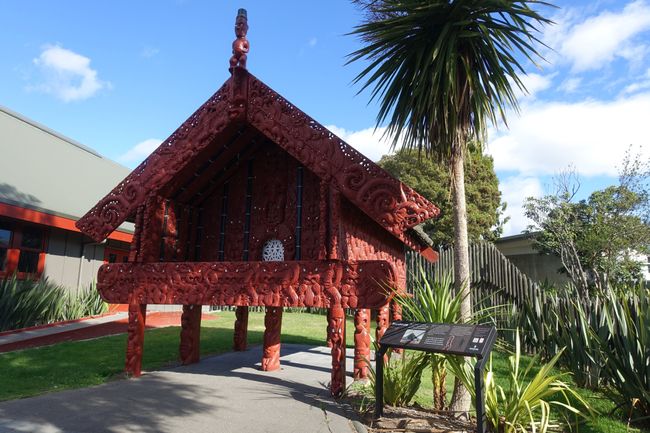
Misoratra anarana amin'ny Newsletter
New Zealand - paradise for nature lovers, mountaineers, and campers! Since the island was on our way to Asia, we rented a small camper van, like many other tourists, and went on a nearly three-week road trip through the North Island. We picked up our car in Auckland and unpacked our backpacks, which we then stored - we didn't need them for the next few weeks :) It was nice not having to pack and move every day!
In the relatively short time, we visited many places: first Coromandel, a peninsula in the north of the island, with beautiful bays, amazing rock formations, abandoned places, bumpy gravel roads, picturesque coastal roads, and old mines.
We continued south to Matamata, home to one of Hollywood's most famous villages: Hobbiton! Hobbiton was lovingly and meticulously built with the help of the New Zealand Army after the director of The Lord of the Rings and The Hobbit films, Peter Jackson, discovered the Alexander Farm during a helicopter flight and deemed it "perfect" for his films. After filming The Lord of the Rings, Hobbiton was dismantled, only to be rebuilt for The Hobbit film. This time, however, they decided to leave Hobbiton intact, allowing tourists and fans to have a drink at the Green Dragon and visit Bilbo's house. We can complete some of the famous film quotes that the guide starts, which outs us (and a few other visitors) as true nerds - the guide reassures us: Hobbiton is a nerd-friendly zone, and it's better to be a fan than those who come without having read any of the books or seen the movies. According to the guide, he has been asked more than once if Hobbits are real creatures, and the answer is always "Yes!" - but to see them, one must be very attentive and have some luck, as Hobbits are very elusive creatures who like to hide when visitors come. So here we are in the Shire, totally amazed by the lovingly crafted set that we know from the movies. At the end of the tour, we also have a beer at the Green Dragon and blast The Lord of the Rings soundtrack on full volume on our way out!
Continuing south, we visited the Maori city of Rotorua, where volcanic activities manifest in the form of hot springs, geysers up to 40 meters high, and sulfur springs. We visited a Maori village there, where we learned about their culture. Nose to nose, touching foreheads, saying Kia Ora, shaking hands - and that's the Maori greeting, which was extended to us as well. In addition to some traditional songs and dances, we also saw the famous Haka - a war dance that the warriors used to prepare for battle and which is now best known through rugby. The All Blacks, the New Zealand national rugby team, perform this dance before important matches. During the Haka, all muscles are tensed in preparation for the fight - even the eyes, which are opened wide, and the tongue, which is stuck out and rolled as far as possible! I can imagine how intimidating it must have been for opponents to see the strong Maori fighters with their facial tattoos!
In Taupo, our next stop, we experienced another Lord of the Rings filming location: we walked more than 20km through Mordor to Mount Doom (actually called Tongariro Crossing - but we think Mordor sounds way cooler!). We had a beautifully sunny day and enjoyed a great hike: to reach the foot of Mount Tongariro, we walked for about an hour through grasses, heaths, and mosses. Once we reached the ascent of the mountain, we hiked uphill for about three hours through barren volcanic landscapes. The vegetation disappeared more and more until there were no more lichens on the ground. At the highest point of the trek, near Mount Doom, we had a magnificent panoramic view of the volcanoes Ngauruhoe and even Mount Taranaki, with their typical volcanic cone shape and snow-capped peaks. The Emerald Lakes, two shimmering lakes, one blue and the other green, surrounded by black volcanic rock partially covered in yellow sulfur, revealed themselves in the brightest sunshine. Descending to the lakes, we crossed a plain scattered with large black rocks in bizarre shapes, which the volcano had spewed out during its last eruption and which were now slowly weathering away in rain and wind. After crossing the plain, we climbed uphill again to another, blue shimmering lake with the best view of Mount Doom, and then embarked on a three-hour descent through increasingly lush vegetation. In addition to this awesome hike, there were other highlights in Taupo: a skydive from 4,500 meters for Johannes, who enjoyed a minute of free fall through the air, and.... wonderful, juicy, dark brown WHOLE GRAIN bread, of which we took two loaves for our onward journey to the city of Palmerston.
In Palmerston, we visited the highly advertised Rugby Museum, with a stop at the National Army Museum, which was also highly recommended. To put it briefly: the museums in New Zealand are exceptional! Very informative, vivid, and interesting (although we are told that the best museum is yet to come: the Kauri Museum in the north of the island - more on that later). After a "museum day," we continued to the southernmost tip of the North Island, Cape Palliser, which offers another highlight in addition to a very beautiful white and red striped lighthouse: a large colony of seals, which we observed for over an hour. The baby seals play so cutely in the water, watched by the adult seals lounging lazily in the sun. Reluctantly, we left the seals, whom I could have watched forever, as we wanted to reach the National Museum of New Zealand in Wellington on time. This museum was also impressive and tells the story of the first Polynesian settlers, the culture of the Maori, the discovery by the English, and the original flora and fauna on the islands.
We didn't stay long in Wellington and soon headed north again. Unfortunately, due to bad weather, we couldn't climb to the summit of Mount Taranaki, but we did visit the Glowworm Caves in Waitomo. This was another amazing sight: while Johannes chose the "action version" and abseiled into the 100-meter deep "Lost World" cave, I took a boat into a pitch-dark cave whose ceiling was covered with thousands of glowworms that illuminated the cave - once again, I was left speechless with amazement!
On the same day, we were already back in Auckland to attend a rugby game. We were running late due to a traffic jam, so we didn't have time to study the rules in detail. We only knew the basics and that the home team would be wearing blue jerseys. So we quickly put on a blue shirt and rushed to the ticket sales. There, we struck up a conversation with fans of the away team in the long queue, who didn't want to see tourists in blue, so they gave us a scarf of the Hurricanes, who were dressed in yellow. But that wasn't all: They not only gave us the tickets but also sat with us throughout the entire game, explaining the rules and various plays. The kindness of the New Zealanders is amazing, but this encounter was the culmination of all the kindness we had experienced on the green island!
We still had four days left to reach Cape Reinga, the northernmost point of the island, where the Tasman Sea and the Pacific Ocean meet. For the Maori, Cape Reinga is a sacred place, as the merging of the two oceans is a symbol of the creation of new life. To get there, we crossed Northland, which is well worth a visit with its secluded bays (we even spotted a whale in one of the many bays!), old kauri forests, large sheep and cow pastures, more glowworm caves, winding hiking trails, or huge sand dunes! Also located there is the aforementioned Kauri Museum, which is truly exceptional! In addition to a large amber exhibition, which explains the formation, extraction, processing, and marketing of amber, the museum tells the story of kauri forests and their logging by the early settlers. Life-sized puppets, using old tools, videos, old photos, and even a sawmill with historical machines built in the museum, illustrate the work of the lumberjacks who cleared and processed the massive primeval forests. This was particularly impressive because of the kauri forest we visited earlier, which gave us an idea of the gigantic trees. The largest remaining kauri tree, called Tane Mahuta (Maori for "Lord of the Forest"), has a trunk circumference of almost 14 meters and measures an impressive 18 meters to the first branch! The idea of felling and transporting such a tree without mechanical assistance makes me break out in a sweat just thinking about it!
Overall, we had a great time in New Zealand and enjoyed the camper van life very much. But now we are very excited about our next, very extraordinary travel destination: the Vanuatu archipelago!
Misoratra anarana amin'ny Newsletter
Valio

Tatitra momba ny dia Novely zelandy
